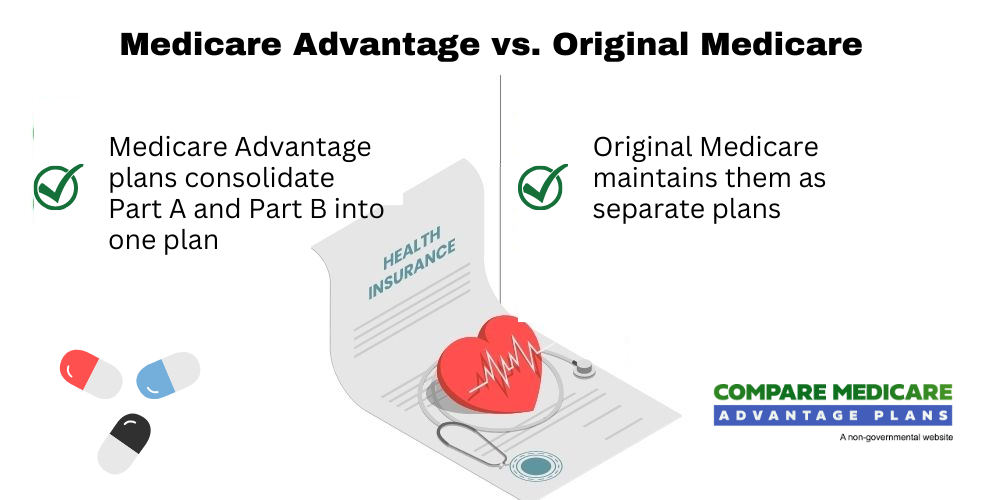Steps to Take During Open Enrollment
The Medicare open enrollment period runs from October 15 to December 7, providing an opportunity for beneficiaries to change their Medicare plans. During this time, it’s crucial to carefully assess your healthcare needs against available plan options to prevent unexpected costs. Beneficiaries can:
- Join Medicare plans
- Drop Medicare plans
- Switch Medicare plans
- Return to Original Medicare if desired
Enrollment can be done online, by phone, or by mailing a paper form. By taking these steps during open enrollment, you can ensure that you enroll in your chosen plan that aligns with your healthcare needs and budget for the coming year.
Financial Assistance Programs for Medicare Beneficiaries
Medicare Savings Programs (MSPs) are designed to help eligible individuals pay for their Medicare Part A and Medicare Part B premiums, as well as deductibles, coinsurance, and copayments. The Qualified Medicare Beneficiary (QMB) program covers Part A premiums for those without premium-free Part A, and pays for Part B premiums, deductibles, coinsurance, and copayments for eligible individuals. The Specified Low-Income Medicare Beneficiary (SLMB) program assists with Part B premiums for those who qualify. Additionally, the medicare savings program provides further assistance to those in need.
Other programs, such as the Qualifying Individual (QI) program, help pay for Part B premiums but require annual reapplication. The Qualified Disabled and Working Individual (QDWI) program assists working individuals with disabilities in covering their Part A premiums if they lose premium-free Part A due to returning to work. Additionally, these programs can help with the part b premium.
Eligibility for these programs generally requires meeting specific income and resource limits, which can vary by state. Individuals seeking to apply for Medicare Savings Programs must reach out to their state for application processes and assistance.
Preparing for Potential Premium Increases
As Medicare premiums are expected to rise, beneficiaries should plan ahead to mitigate the financial impact. Creating a savings plan can help manage the increased costs. Monitoring healthcare usage and expenses can also provide insights into adjusting financial strategies in anticipation of premium increases.
Consulting with financial advisors who specialize in Medicare planning may offer valuable guidance. Beneficiaries should review their current Medicare Advantage plans annually to ensure they still provide optimal coverage and remain within budget. Avoiding automatic re-enrollment without evaluating any significant changes in coverage is crucial.
The Role of Prescription Drug Coverage in Medicare Advantage Plans
Most Medicare Advantage plans include prescription drug coverage as part of their benefits, unlike Original Medicare which typically requires a separate Part D plan. This inclusion often provides $0 premium Part D options, though specific costs may vary based on the chosen plan. Changes in prescription drug laws are increasing costs for insurers, prompting them to adjust their benefit offerings.
Monitoring changes in covered medications under Part D drug plans is crucial. The Medicare Prescription Payment Plan (MPPP) allows beneficiaries to manage their drug costs throughout the year instead of paying upfront at the pharmacy.
Understanding the role of prescription drug coverage can help beneficiaries select prescription drug plans that best meet their medication needs.
Summary
Summing up, Medicare Advantage plans for 2026 are set for changes in premiums, supplemental benefits, and prescription drug coverage. While average premiums may decrease nationally, regional variations and other factors could influence your costs. Comparing plans, understanding regional differences, and planning for potential premium increases are vital steps for beneficiaries.
By staying informed and proactive, you can navigate the complexities of Medicare Advantage plans and make decisions that best suit your healthcare needs and budget. Remember, the right plan today can lead to significant savings and better health outcomes tomorrow.











